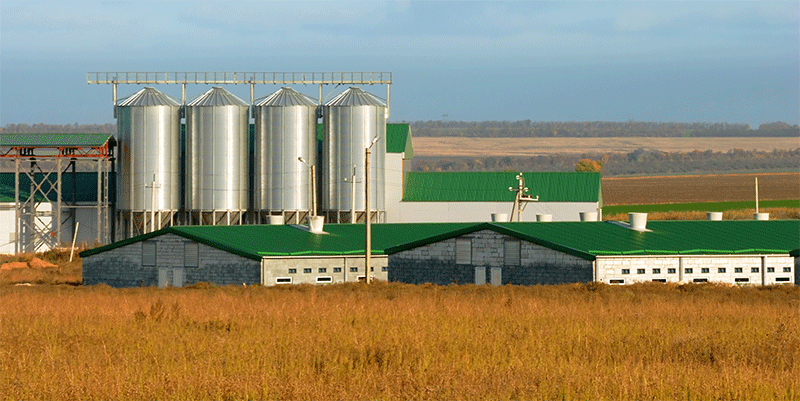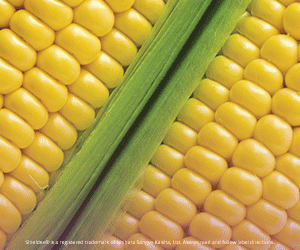Struggling to adopt cap and trade
INDUSTRY MYSTIFIED BY RAPID-RELEASE REGULATIONS
WHEN THE ONTARIO government announced its intention to join the Western Climate Initiative this April, few would have guessed new regulations would be effective by July. Although confusion still reigns, increased energy costs are certain.

In order to cut greenhouse gas emissions 15 per cent below 1990 levels in the next four years, the government will target energy use through a cap and trade system. While agriculture is not targeted specifically in this round of the regulations, there are provisions within the government’s announcement for funding initiatives for agriculture. These include between $50 million to $115 million for retrofitting agricultural facilities such as greenhouses and grain dryers, $30 million for an Agricultural Soil Health and Conservation strategy, up to $20 million to pilot waste and agricultural methane fuel sources, and $2 million to $3 million for the development of a land use inventory that quantifies carbon storage potential.
COPING WITH CHANGE
News of increased energy costs wouldn’t likely excite most grain handlers but Ben Currelly, the president of NorAg Resources Inc., a Port Hope-based national agricultural commodity merchandiser, is choosing to be positive. A self-professed ‘firm believer’ in cap and trade over carbon taxation, Currelly already waded into the carbon offset market back in December 2012. The ‘No-Till Carbon Credit Program’ launched for farmers that year gave growers the opportunity to sell verified carbon credits to companies or individuals looking to improve their own carbon footprint. Although uptake among farmers was good, the program didn’t last.
“Our attempt at establishing cap and trade in the local agriculture sector was not successful, as the rules changed so much throughout our program,” he says.
All those changes inevitably produced costs that far exceeded the potential revenue of the program. There is talk of a protocol for no till in the works, but it is not expected to be out before the cap and trade system is in place January 2017.
“I think we are prepared to spend the money to implement the program again, when the rules are clearly defined and we are clear that we are going to get paid for those offsets.”
“Ultimately, if we can earn as much by being a carbon sink, or a consumer of carbon, that will help many farmers who don’t run big grain driers,” he says. “This is an attempt to force us to innovate and, I have no idea how I would burn less natural gas in the grain dryer, but I love the image of the future!”
BUSINESS CONCERNS
Dave Buttenham of the Ontario Agri-Business Association says the businesses he’s representing are mostly less than enthusiastic about the new regulations. To date, there are no offset projects targeted specifically to farming and the manufacturers of fertilizers, pesticides, and agricultural chemicals as well as grain millers will certainly be squeezed by higher costs. All of these businesses will experience difficulty passing on the costs incurred; as a result, they may experience increased competition from other jurisdictions not affected by these regulations.
“I understand what the government is trying to achieve here, but it has to dovetail with the capabilities of the industry to adopt the new technology and innovation,” says Buttenham. “We can’t afford to lose manufacturing capacity in the province of Ontario.”
Buttenham says if the government had opted for a carbon tax rather than cap and trade, businesses would have a better understanding of the new cost structure and then take the steps needed to manage it. The fact that carbon credits trade at market prices causes a lot more uncertainty and the government has afforded very little time for businesses to even consider the consequences of these sudden announcements. Until the details of the program become much clearer, Buttenham says estimating the impact to agri-businesses is really no more than speculation.
Government projections suggest average household energy expenses will increase by $13 per month in 2017. They’ve also suggested the cost of gasoline could rise by 4.3 cents per litre, diesel would go up five cents per litre, natural gas could be another 3.3 cents, propane up four cents, and there would be a “modest impact” on electricity costs.
Buttenham worries that as agri-businesses in this province face unprecedented electricity costs, anything more could prove to be the straw that breaks the camel’s back and the cost of doing business in the province becomes too much of a burden.
POLITICAL SYSTEM
Debra Conlon, government relations manager for Grain Farmers of Ontario, says that agriculture isn’t being targeted in the same way the legislation targets the energy sector but the impact of these new regulations will be felt by farmers in the form of increased energy costs. Of the 171 megatonnes of greenhouse gas emissions produced by Ontario in 2013, the government attributes only six per cent to agricultural activities.
“It is nice to see some funds made available for projects, but is it is unfortunate that the contributions agriculture is already making to reduce carbon have not been acknowledged, we hope to see that acknowledged in future rounds of the regulations and protocols,” she says.
Conlon’s concern is that any protocol put together moving forward for agriculture, will take into account and reward farmers for all best management practices implemented as farm practices have.
“As the climate continues to change, our farmer-members face increased challenges in the field and we are concerned that our competitors in the United States will not have these added costs to production,” she says. “We would like to see some work done on the protocols for agriculture that would offset these increased production costs resulting from the cap and some funds allocated to farmers that would help research and transition to lower carbon alternatives.” •







